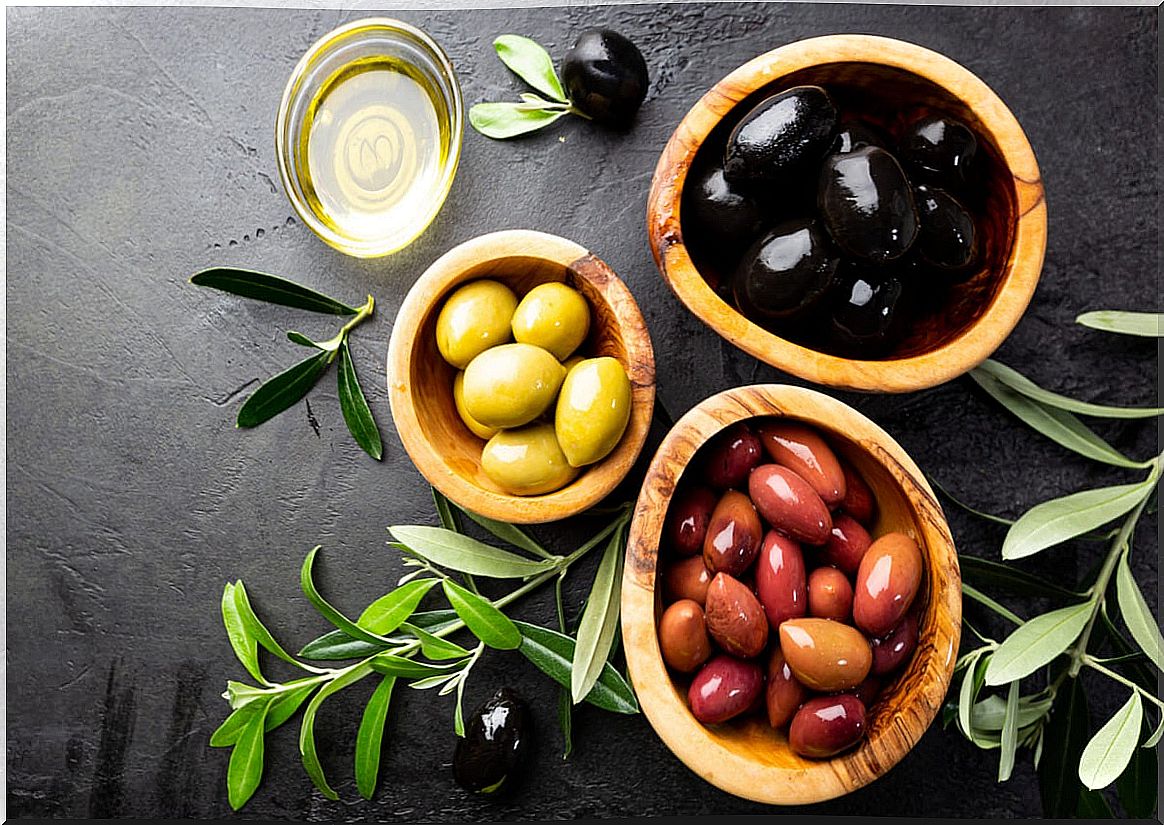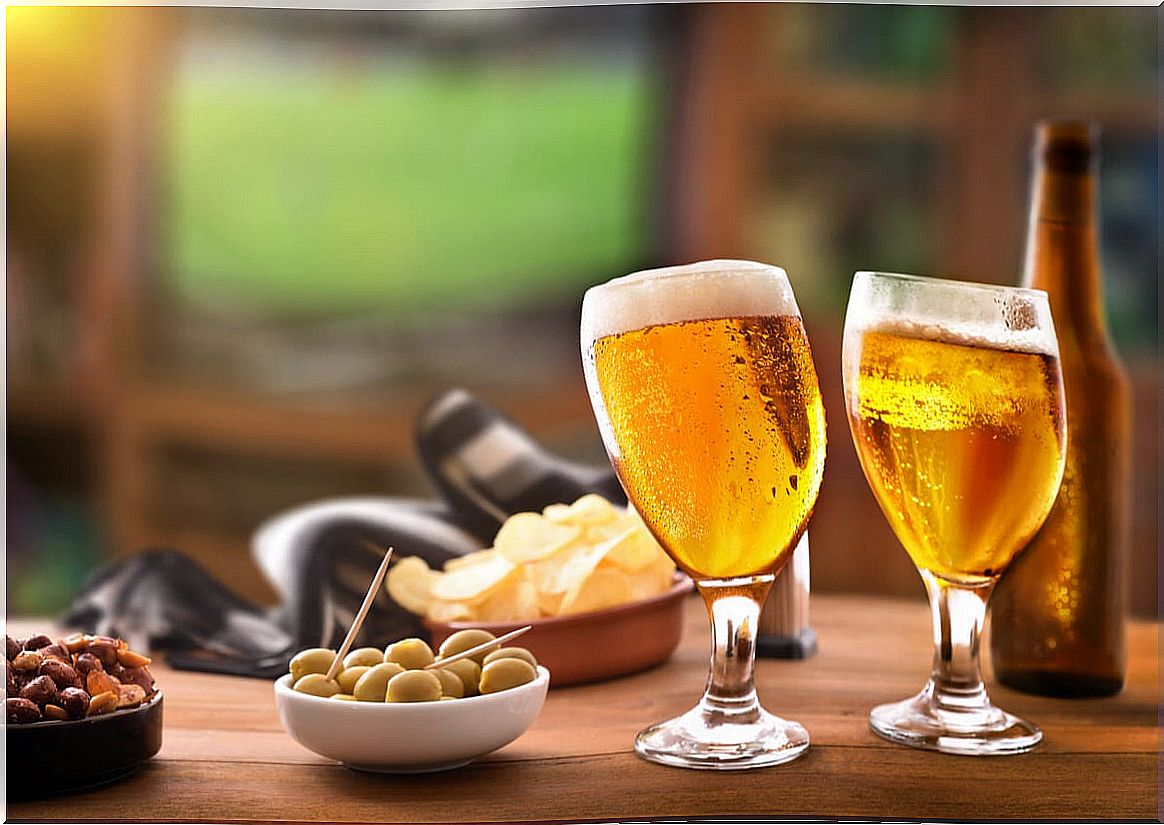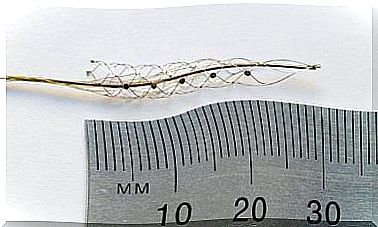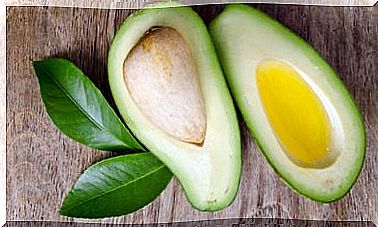Do Olives Make You Fat Or Help You Lose Weight?
There is a belief that olives are fattening and are not recommended if you want to control body weight or follow a weight loss diet. The reason may be the presence of fats in its composition and the bad reputation of being a very caloric food.
However, this small fruit is a source of many nutrients with positive effects for the body. And all this, along with a healthy lifestyle, can have benefits in body composition and other health parameters. So we found out what really happens to olives, as they might even help you lose weight.
The fruits of the olive tree, a highly appreciated food
Olives are typical fruits of the Mediterranean, highly valued today. Its cultivation dates back at least 7000 years. They can be eaten whole after a maceration process and olive oil is extracted from them, which is one of the key points in the diet of this region.
At the nutritional level, they provide monounsaturated fatty acids, among which oleic acid stands out. They also have fiber, vitamin E, and other lesser-known antioxidants. And they are a source of some minerals such as copper, sodium, calcium and iron. The latter is present, above all, in black.
Thanks to all these nutrients, the benefits of olives have been studied against some common diseases. Thus, scientific evidence has linked them to the following:
- Reduction of the risk of diseases: as is the case with some types of cancer and cardiovascular problems.
- Regulation of cholesterol in the blood: preventing the oxidation of LDL (known as bad cholesterol).
- Antioxidant: due to its antioxidant activity, it helps to reduce the incidence of atherosclerosis, microbial infections and inflammatory problems.

Do olives make us fat and make us gain weight?
The main reason why olives are believed to be fattening is the relatively high presence of fat in their composition. This nutrient is the one that provides the most calories compared to carbohydrates and proteins.
However, in addition to the total energy consumed, other parameters must be taken into account in relation to weight gain. As obesity experts from Obesity magazine point out , the foods from which the calories come also matter. 100 calories from a lettuce is not the same as from a croissant.
In addition, there are some parameters according to which olives can help maintain body weight and can even be allied in weight loss diets. Therefore, just contrary to popular belief, olives do not make us fat. Here’s what the research shows at the moment:
- The fruits of the olive tree are foods with a low caloric density. These are associated with a lower body mass index and lower waist circumference in those who consume them in higher proportions.
- The journal Diabetology and Metabolic Syndrome publishes the results of a scientific study with overweight women. These show that following a diet rich in monounsaturated fatty acids has benefits in weight loss and body composition.
- The presence of fats can contribute to the feeling of satiety.
How many calories do olives have?
The nutritional composition of the United States Department of Agriculture database reports that 100 grams of green olives contain about 145 calories. According to this organism, the same quantity of black olives contributes about 105 calories; Although in many commercial packages they are around 150 and 180.
Why is there this difference between the energy provided by the two types of olives? It all depends on when each of them is collected. The green ones are harvested earlier and are not fully ripe, while over time the black ones lose water and the nutrients remain more concentrated.
How many olives is recommended to eat?
Measuring foods in quantities of 100 grams and calculating their calories is impractical. For this reason, it is useful to know what each of them weighs to get an idea of the energy that a serving contributes. In this way, it is better known how many can be taken so as not to alter the balance of the diet.
Ten medium olives weigh about 35 grams and this amount is about 50 calories. In the case of black ones, it is about 65 calories. When compared to other foods, this energy is similar to that of 2 rice cakes, a large tomato or a natural yogurt.
The specialized organisms establish that the presence of fats in the diet should be between 25% and 30% of the total daily calories. Of these, the majority must come from monounsaturated fatty acids. Which is around 300 to 400 calories a day on standard diets.
Therefore, the contribution of 10 units of olives can be considered reasonable. Even, depending on the rest of the diet, you can eat up to twice as much in a day.
Beyond the calories, the important thing is that if a single food is abused, it ends up displacing others that are also necessary and that no longer have a place. It should be noted that the problem, many times, does not lie with the food itself as with its accompaniment. Adding these olives to a salad is not the same as having them as an aperitif with cheese or beer.

Are olives fattening?
To prevent their presence from taking a toll on body weight, it is important to choose those that come in as simple a presentation as possible. Sometimes they are preserved in oil, which can significantly increase the final caloric value of the food.
Adding olives to your daily eating pattern is positive, as they provide many nutrients and proven health benefits. They even have components that help satiety.
However, no single food is capable of losing weight. Therefore, we cannot say that olives are fattening by themselves. It is necessary that the rest of the diet is based on fresh food, is balanced and adapted to the needs of each person.
Olives are, in general, a well-tolerated food for most people. And according to what has been seen, they are recommended for day to day. However, they can contain large amounts of salt, which must be taken into account.









